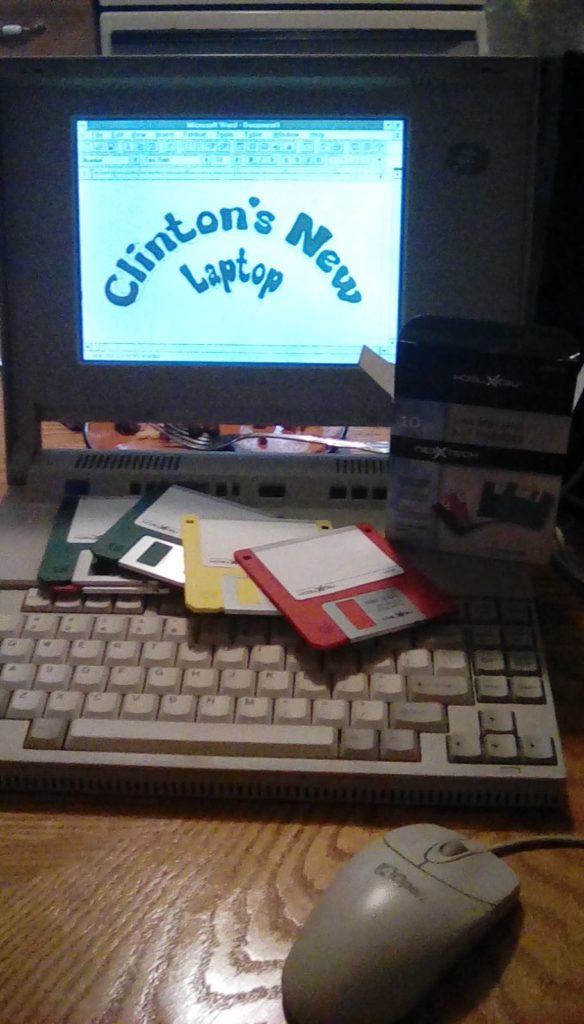Here’s the second video in my Media Ecology in the OCaC series! What follows is the shooting script and slides, and so can be read instead of watched if you are in a hurry.
Hello, and welcome back to Media Ecology for the Online Community as Classroom. This episode is called Words Words Words. So eventually want to talk about computers and the internet in light of media ecology. And to do that, we to build on the O.G. of Media Ecology, the self-described intellectual thug Marshall McLuhan. However, McLuhan famously, definitively, intrinsically, had no concepts. To ascribe “concepts” to him would be to undermine him completely. In lieu of concepts, he offered “percepts”, his way of sensing the modern electric environment. So, in order to explain McLuhan I need to retrace his life story and his learning so as
…